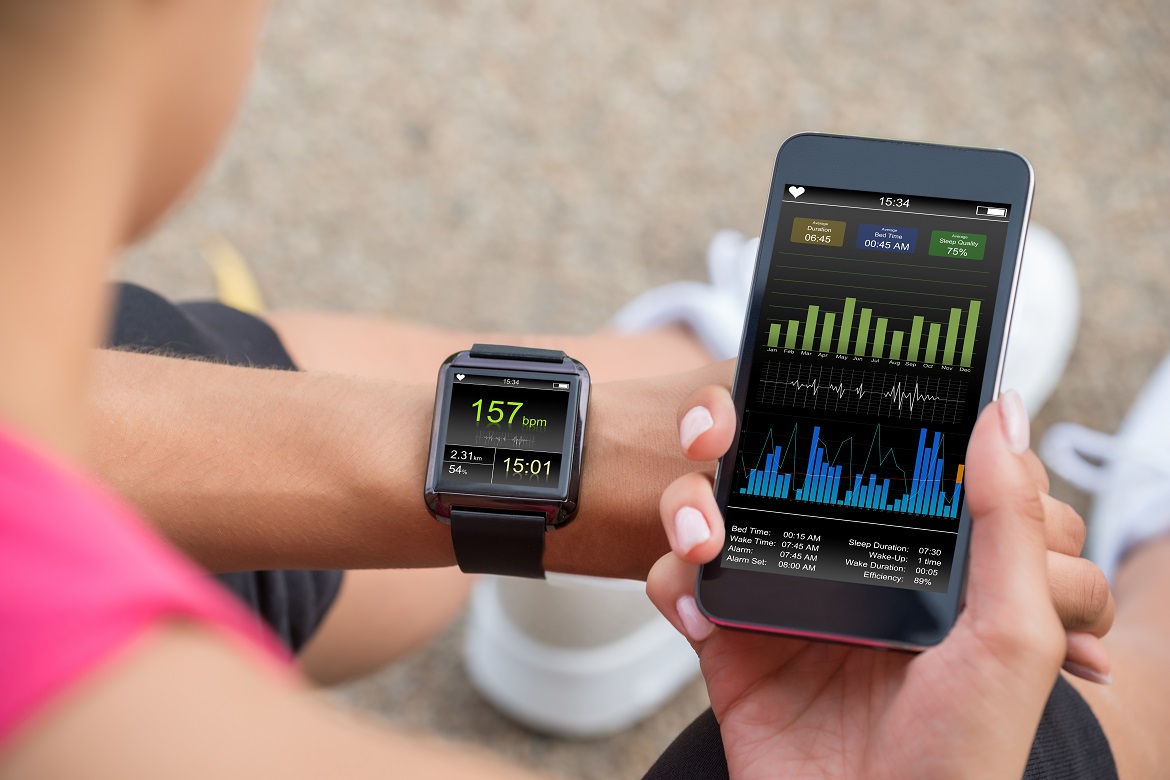
The Internet of Things, not gadgets
In the beginning, or almost, there was the Internet: a “network of networks”, with no real nerve centre, used simply to exchange information between one computer and another. And then in the early 90s, the web emerged: a set of pages linked together by hypertext links and grouped into “websites”, using both text and images, with sound and video soon to follow. The following decade was defined by the advent of the social web, where information was no longer just made available but also exchanged by users on blogs or social networks, which became widespread in the space of a few years. These two phases in the development of the Internet are often referred to as Web 1.0 and Web 2.0. So what will the next stage be? The Internet of Things is the term on everyone’s lips.
A tripling in volume in just seven years?
As its name suggests, the Internet of Things expands the Internet – previously confined to the electronic world, and to computers specifically – to include objects or locations in the “physical” world, by way of connected objects. The Internet of Things – it’s the QR Codes that you read with your smartphone on products and notices , the wristband that you wear to pace your training or to monitor your heart rate, or the Amazon Echo speaker that can play a track, make a call or tell you the weather forecast just by prompting for “Alexa”. The working principle of these objects is simple: a sensor, a connection to send the captured information to the cloud, a software solution to process the data, and a user interface to use it. With any number of usages yet to be invented, the Internet of Things has tremendous potential for growth. According to a study by the research analyst firm IoT Analytics, there are likely to be 34.2 billion connected objects in the world in the year 2025, compared to 17.8 billion in 2018. These already compelling figures become all the more astonishing if we exclude all landline telephones, smartphones, tablets and computers: from 7 billion objects in 2018, the number could reach… 21.5 billion in 2025.
A single solution: interoperation
So how do we channel this exponential growth to the benefit of users and usages? Christian Roche, Director of the “Internet of Things” Business Unit at Rexel, expands on this. “The Internet of Things doesn’t just mean the connected products that we buy in mass retail. It also includes connected shutters, heating, lighting … and you can’t simply throw all these different products into your home and hope that they’re going to interoperate”. As a well-renowned specialist in electrical installations for the home, Rexel needs to stay one step ahead in the very buoyant sector that is connected homes, and look to developments in the Internet of Things in order to push forward. “When we see real estate developers or even users”, continues Christian Roche, “obviously they talk to us about Alexa or Google Home. But voice commands are still very under-utilised in the housing sector, accounting for only 8% of usage. Usage is focussed mainly on playing music or searching the Internet. This is why we are working on the compatibility of these devices with our Energeasy Connect solution: behind the voice command, you will still have a system that will interoperate with the various different devices in the home”.
Keeping Energeasy Connect at the forefront
Launched by Rexel in 2015 as a controller for heating solutions, Energeasy Connect was initially integrated with door opening solutions before, gradually, the vast majority of connected objects in the home were integrated. As a Specialist Engineer with Rexel, Malcolm Rimaud explains how this came about. “To begin with, the integration of various connected elements was a requirement expressed by our installers and end users. Today it represents a major focus for Research and Development, which isn’t the usual course of things for a distributor like Rexel”. It would be an understatement to say that Rexel has taken this on board: some 264 products were integrated within the Energeasy Connect solution between April 2017 and March 2018. “Our main advantage”, adds Christian Roche, “is that our solution is interoperable with the different manufacturers that we work with, and with a controller that is fully dedicated to uses within the home, Energeasy Connect can offer a comprehensive solution to customers for 100% of these uses”. Within the galaxy of connected objects, Energeasy Connect is focussed on connection, data processing and user interface, leaving its partners to build on their own expertise in the manufacture of increasingly sophisticated sensor equipment.
In order to avoid the Internet of Things becoming the Internet of gadgets, it does indeed seem relevant to concentrate on the complementarity of objects and, above all, to build on known usage habits. Christian Roche demonstrates by way of an example: “I use Energeasy Connect at home and I dream of the day when I no longer have to pick up my smartphone or my tablet to launch the “I’m going to bed” scenario. How I’d love to be able to just say “Google Home, I’m going to bed” which, actually, is not such a distant reality; things are moving at such a fast pace and will continue to do so, but with our investments in R&D, we are set to integrate these connected speakers into our solution as early as 2019″. It’s still too early to say whether “Web 3.0” will be the Internet of Things, but one thing is certain – the future is already here.
Go to the Energeasy Connect solution and add your home or your business to the Internet of Things on www.energeasyconnect.com

